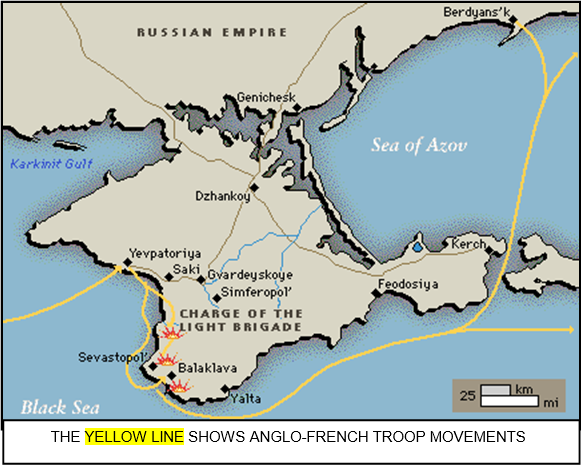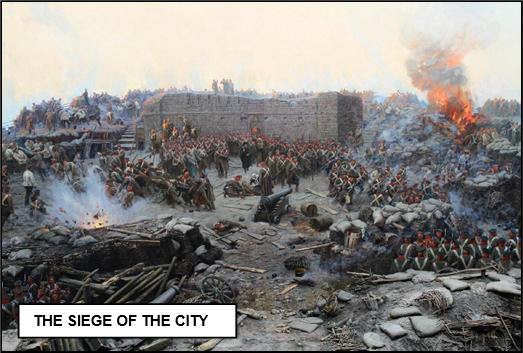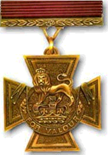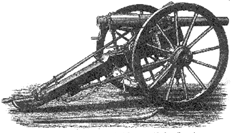


xxxxxFrom the
outset of the Crimean War, the capture of the Russian naval base
of Sevastopol was the main objective of the Allies -
THE CRIMEAN WAR 1853 -
THE SIEGE OF SEVASTOPOL 1854 -
Acknowledgements
Map (Crimea):
licensed under Creative Commons –
https://britlitwiki.wikispares.com. Sevastopol:
detail, by the Russian painter Franz Roubaud (1856-
 xxxxxFrom the outset of the Crimean War the prime
objective of the Allies had been the capture of Sevastopol, a
naval base in the south of the peninsula which was the
headquarters of the Russian navy and the home of the Russian
fleet. As we have seen, it was in September 1854 that an Anglo-
xxxxxFrom the outset of the Crimean War the prime
objective of the Allies had been the capture of Sevastopol, a
naval base in the south of the peninsula which was the
headquarters of the Russian navy and the home of the Russian
fleet. As we have seen, it was in September 1854 that an Anglo-
xxxxxThe two
major engagements which took place later in that year, the Battles
of Balaclava and Inkerman, were both attempts by the Russians to
break the allied stranglehold on Sevastopol. They both failed, but
in the meantime, however, the Allies encountered great difficulty
in breaching the city’s defences. Their lines did not completely
encircle the naval base, and thus the Russians were able to send
in supplies and reinforcements. Furthermore, under the supervision
of their principal engineer, Colonel Eduard Todleben, the city’s
fortifications were substantially strengthened. At the beginning
of 1855 Sardinia-
 xxxxxMeanwhile the hardship endured by the allied troops
surrounding the city grew worse with the coming of winter in
November 1854. The commanders had made little if any provision for
these harsh conditions and, in addition, there was a serious lack
of transport to bring up food supplies. As a result, the men
suffered months of near starvation, and many died from sickness
and exposure. It was not, in fact, until June 1855
that the French managed to capture the outlying fort of Mamelon
and seize the Malakhov line, a major defensive complex in the
south-
xxxxxMeanwhile the hardship endured by the allied troops
surrounding the city grew worse with the coming of winter in
November 1854. The commanders had made little if any provision for
these harsh conditions and, in addition, there was a serious lack
of transport to bring up food supplies. As a result, the men
suffered months of near starvation, and many died from sickness
and exposure. It was not, in fact, until June 1855
that the French managed to capture the outlying fort of Mamelon
and seize the Malakhov line, a major defensive complex in the
south-
xxxxxThe Russians finally accepted draft peace proposals
in the New Year, but only agreed to these terms after Austria had
threatened to enter the war against them. As we shall see, the
Treaty of
Paris completed its work in March 1856, but criticism of the conduct of the war rumbled on.
The courage and steadfastness of the troops on both sides of the
conflict were recognised, but the strategic and tactical conduct
of the war raised questions over the quality of military
leadership, particularly in the matter of command, logistics and
supply. And in the allied camp there was also deep concern over
the losses sustained, the majority caused by disease and the
almost total lack of medical care for the sick and the wounded. In
Britain, as we shall see, this led to a thorough reorganisation of
military nursing services, initiated by nurse
Florence Nightingale
in 1855 and continued following her war-
xxxxxIncidentally, the fighting in the Crimean War was confined almost exclusively to the peninsula, but secondary operations were carried out in the Baltic Sea and in the Caucasus, where the Russians won a number of victories over the Turks. ……
 xxxxx…… In 1856, just before the
end of the Crimean War, Queen Victoria instituted the Victoria Cross, the highest
decoration for conspicuous courage in the presence of the enemy.
Originally the bronze medal was cast from Russian guns captured
after the fall of Sevastopol. Made in the shape of a Maltese cross
and with a crimson ribbon, it depicts a lion on a crown and bears
the words “For Valour”. Only some 1,400 crosses have been awarded
since it was instituted, and among the first recipients were six
soldiers who fought at the Battle of Alma River. In 1902 it was
decreed that the honour could be awarded posthumously. The George Cross, a similar
decoration for civilians, was instituted by King George VI at the
beginning of the Second World War. ……
xxxxx…… In 1856, just before the
end of the Crimean War, Queen Victoria instituted the Victoria Cross, the highest
decoration for conspicuous courage in the presence of the enemy.
Originally the bronze medal was cast from Russian guns captured
after the fall of Sevastopol. Made in the shape of a Maltese cross
and with a crimson ribbon, it depicts a lion on a crown and bears
the words “For Valour”. Only some 1,400 crosses have been awarded
since it was instituted, and among the first recipients were six
soldiers who fought at the Battle of Alma River. In 1902 it was
decreed that the honour could be awarded posthumously. The George Cross, a similar
decoration for civilians, was instituted by King George VI at the
beginning of the Second World War. ……
 xxxxx…… The English
industrialist William Armstrong (1810-
xxxxx…… The English
industrialist William Armstrong (1810-
xxxxx…… The great Russian writer Leo Tolstoy, famous for his novels War and Peace and Anna Karenina, served for a time in the Crimean War, and in 1856 produced three tales about the siege of Sevastopol.
Va-


